Fine motor skills are those skills that involve small movements of the hands and fingers. These skills are essential for learning to write, draw, play instruments, and use tools.
Babies learn these skills at an early age. They start using their hands and fingers to explore objects around them. As they get older, they begin to develop fine motor skills.
So small actions such as moving a toy block or picking up small food pieces from a plate will eventually serve as building blocks for them to handle more complex tasks like writing or tying their shoelaces.
Young kids who struggle with fine motor skills can have trouble with everyday tasks, like grasping pens, moving objects with their fingertips and using scissors or are unable to tie shoelaces.
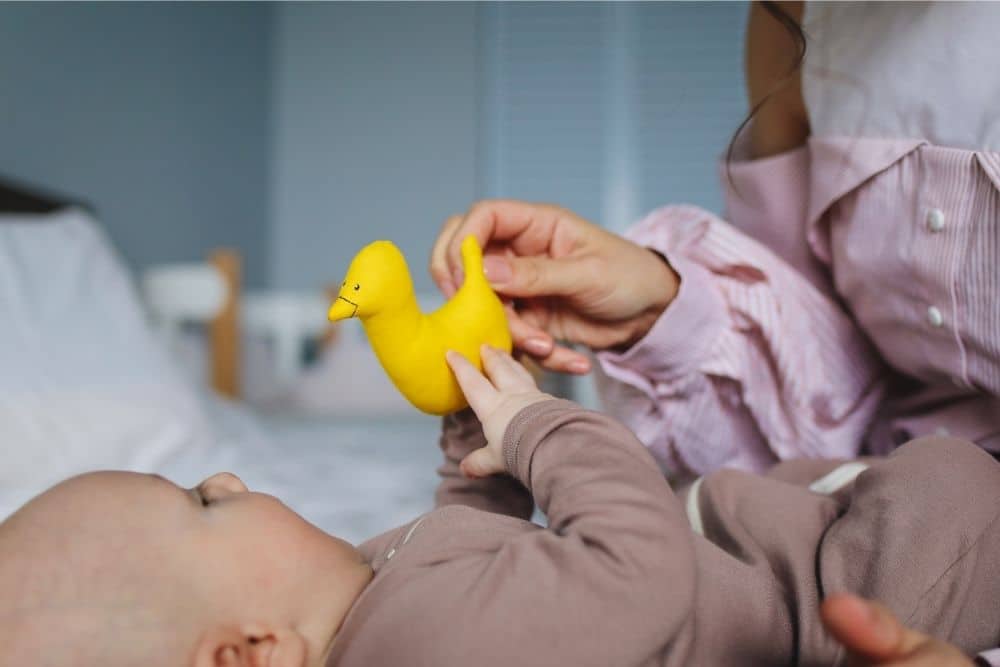
Fine motor skills are essential for your child to complete more complex tasks. Studies show that children with good motor skill development are more likely to succeed in school.
Since each child develops at their own pace, the development of your child’s fine and gross motor skills can happen earlier or later than another child.
Hey! By the way… any links on this page that lead to products on Amazon are affiliate links and I earn a commission if you make a purchase.
Thanks in advance – I really appreciate it!
Table of Contents
What are the fine motor skills of a three-month-old infant?
When they reach three months, they can relax their fingers, and if you give them a rattle, they will be able to grasp it and bring it near their mouth. However, they will let go once they lose interest in it.

Similarly, if you give them your finger, they will be able to hold it firmly. But please don’t try to carry them while they are holding your finger, as babies do not have control over their grip yet and can let go anytime.
What are the fine motor skills of a 4 to 7-month-old infant?
At this age, your baby may be clenching and shaking that rattle, putting it in his mouth, or even changing it from hand to hand.
As they approach 7 months of age, they may begin to use his hands like a claw or rake to pick up things he likes. Like they could pick up a piece of paper.
He may rub and pick up something with one hand, move it to the other hand, and then turn his wrist around to take a better look at the object.
He can pick up something with one hand and move it to the other, or he can turn his wrist and take a closer look.
What games will help to motor skill development for your infants
According to experts, cognitive development is related to manual dexterity. “It’s through her hands that your baby demonstrates the link between thought and action,” says Rhoda Erhardt, a pediatric occupational therapist in St. Paul who specializes in hand function. That’s why it’s important to track your child’s hand development and encourage their fine motor skills. It’s important to keep track of your child’s hand development and encourage their fine motor skills.
There are various ways to improve fine motor skills in children. One way to play games is with hand-eye co-ordination. Here are some of these types of games: –
1.Fingerplay, where you play with your fingers and toes, like playing with blocks or building towers.
– Pincer grasp, where you hold an object between your thumb and index finger or with both hands
– Thumb sucking, where you suck on your thumb.
– Tongue thrusting, where you stick out your tongue.
– Hand over mouth, where you put your hand over your mouth and blow through it.
– using your fingers to make patterns on the floor or table.
2. Playdough, which is good for building muscle strength and dexterity. It improves eyesight by helping to focus on details.
3.Blocks, which teach how to manipulate objects. Your little ones can stack them into tall structures. This helps develop finger skills.
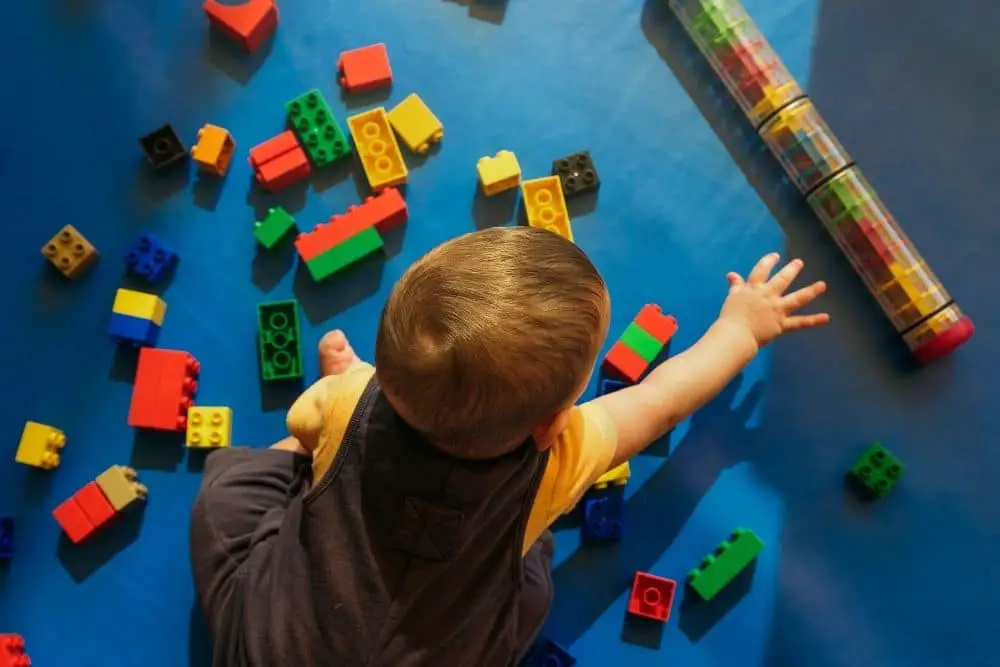
4.Toys, which allow your child to practice manipulating objects. For example, stacking cups, balls, rings, etc., will enable him to work on his fine motor skills.
Place a toy above him or in front of him and watch him reach for it or try to swat it. He should be given colourful objects to play within a variety of sizes and shapes.
5.Nursery gym where Objects dancing above a baby’s head while lying in a crib stimulate vision and develop attention span.
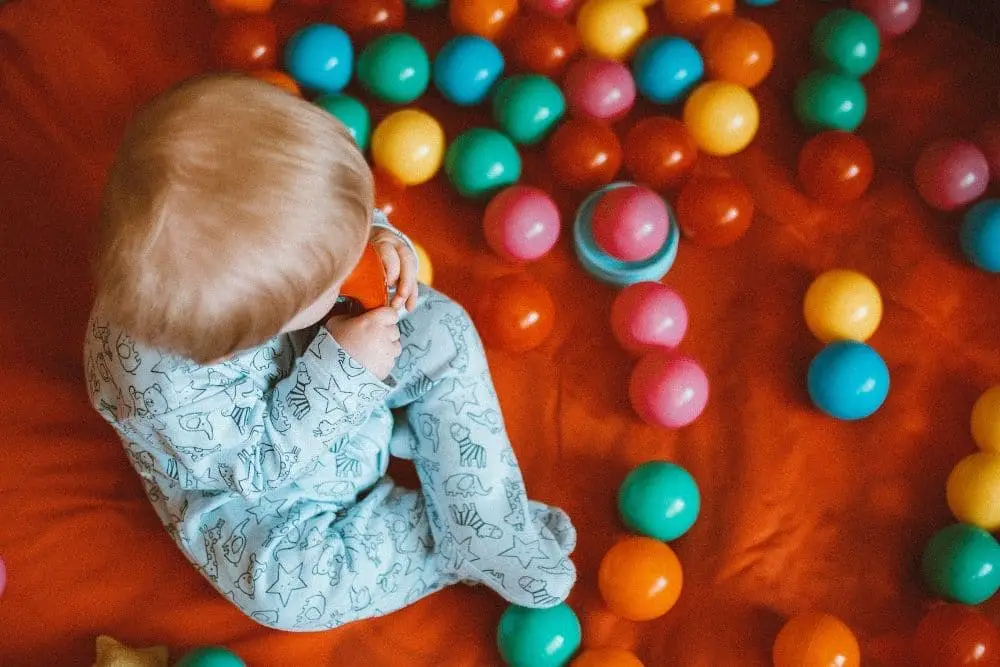
6. Staring at a mirror. Your baby will be fascinated by the changes in facial expression as he looks at the reflection from the mirror. But will soon realize that what he sees is actually a reflection of himself. This makes them more aware of themselves, leading to more self-discovery as they learn about their various body parts and where they are located.
7.Ring stack. The toy has a cone that can fit many coloured rings. Babies enjoy mouthing the rings at first. Fine motor skills are learned by fitting the rings onto the cone.
8.Games like “Pat-a-cake” or “The Itsy Bitsy Spider” help to improve co-ordination
9.Keep shifting their position frequently so that they learn to play in a new position, such as on one side or the other and this will help to further challenge their motor skills and develop them further.
10.Peekaboo. Cover your face with your hands and then open them with an enthusiastic “Peekaboo!”. This is enjoyed by all infants and you can keep them entertained. Keep surprising them with new things to learn, like suddenly wearing sunglasses or a hat, or make funny faces. Play “hide n seek” with them.
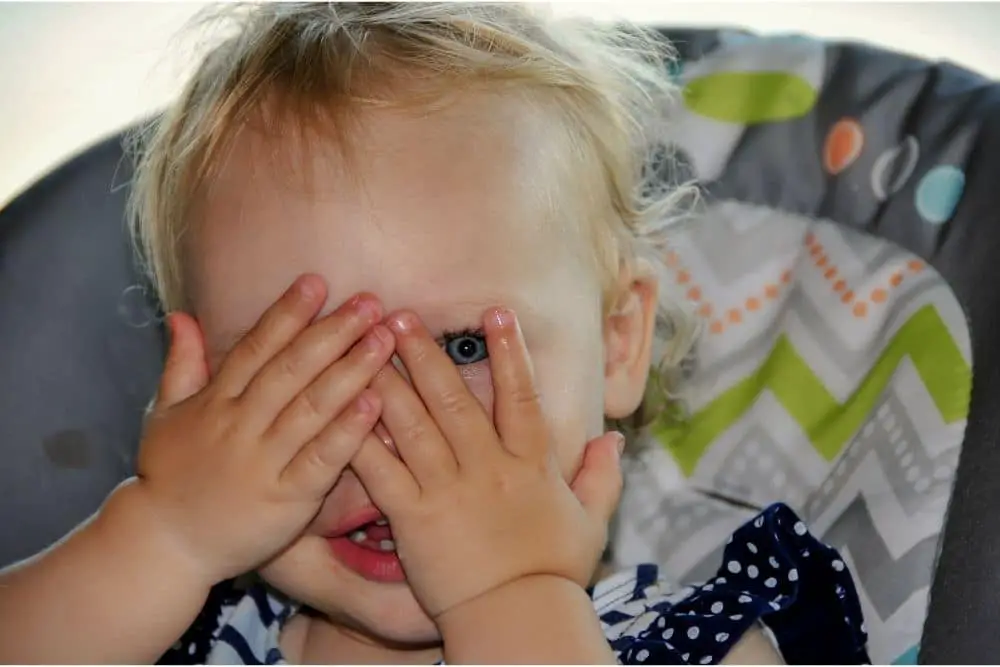
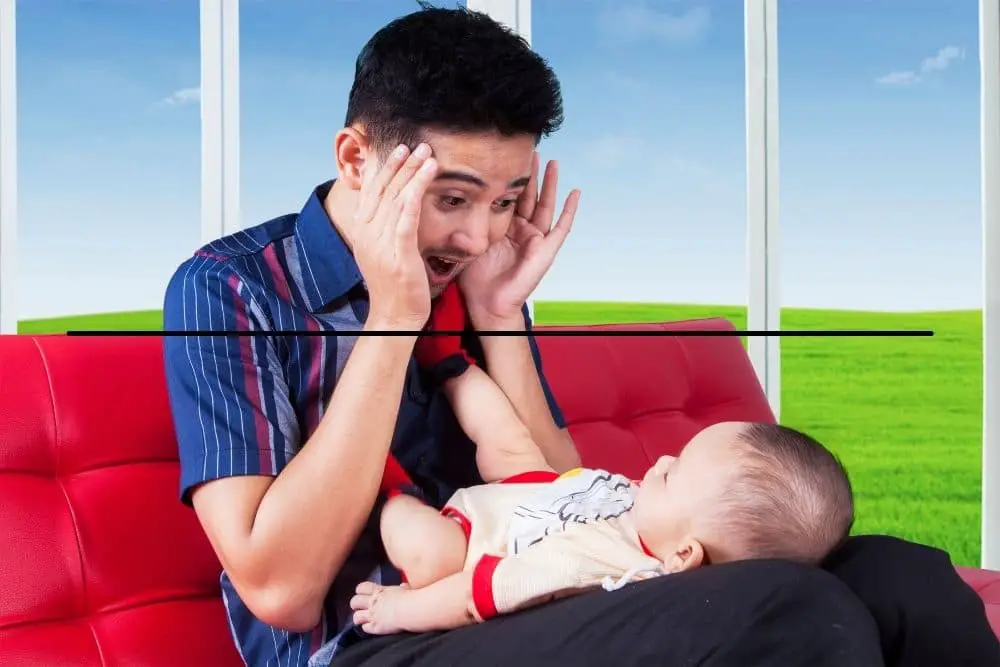
Conclusion
There are many other games that can be played with your baby to develop their fine motor control and finger movements as well as hand-eye co-ordination for infants up to 6 to 7 months of age. However, you must realise that a 7-month-old’s fine motor skills are more developed than a 3-month-old’s fine motor skills.
As they cross this age, you can add to the list of games to further help motor development.
We shall be publishing an article about a 12-month-old’s fine motor skills and how to develop them.
READ NEXT
15 Proven Signs Your Baby Will Have Beautiful Curly Hair That You Love
If you’ve ever wondered if your baby will have curly hair, there are signs to…
How to wash baby hair without getting water in the eyes
Babies are sensitive to eye infections and they can cause serious problems in the future….
Top 7 Best Baby Hair Oils for Babies |2022
Baby hair oil is a very important product for babies. It is an essential part…
Coconut Oil for Babies Hair – An Essential Guide
What is Coconut Oil? Coconut oil is a natural hair care product that is used…
9 Best Curly Hair Products for Babies in 2024
If your baby has curly hair, I don’t need to tell you how hard its…
Can a Baby’s Hair Change from Straight to Curly?
One of the common questions that I see in natural hair forums include ‘how come…



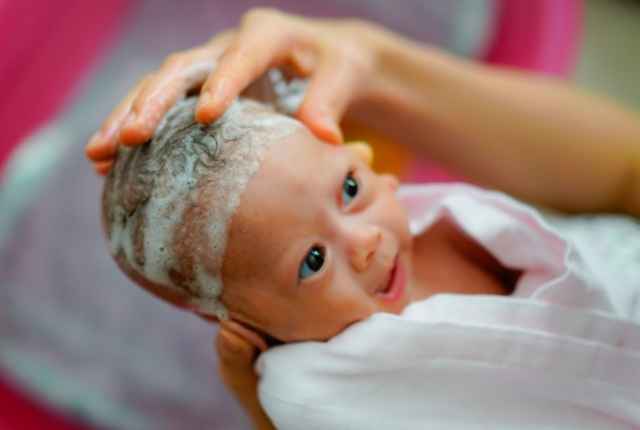





2 thoughts on “10 games to improve fine motor skills in babies”
Comments are closed.